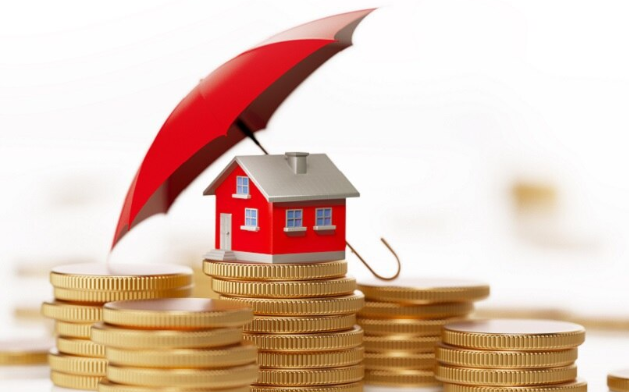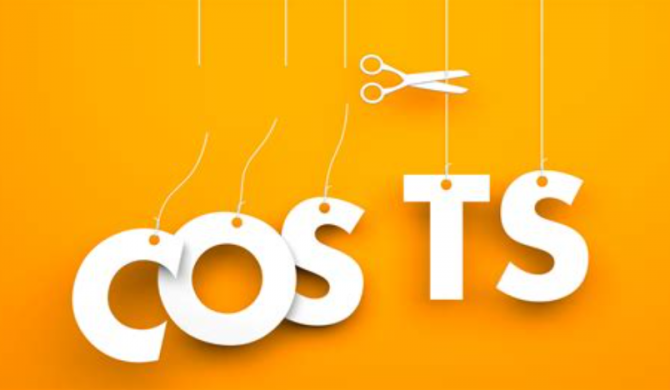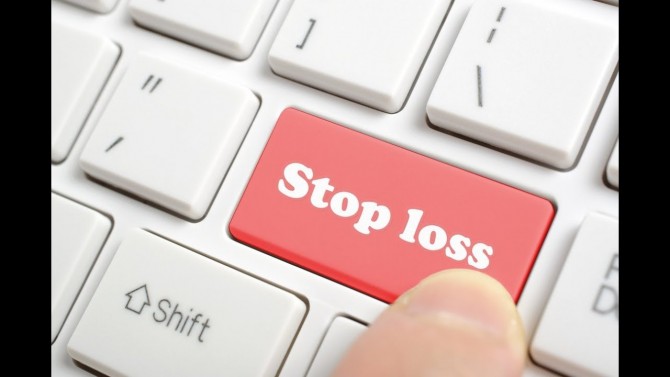
We’ve been a bit distracted at Strawman HQ this week due to an office relocation. More accurately, I got evicted and have been moving house.
So apologies for the radio silence on Strawman.
Having now relocated 7 times in nearly 11 years I’m pretty much a black belt in the art of the move. And believe you me, it really is an art.
Not so much in terms of the sorting, packing, lifting or cleaning (although I challenge anyone to pack the back of a car more efficiently than I can) but, rather, in navigating the Sydney rental market. This is where you really need your wits about you.
I’m quite fond of a good rant, and often find myself shaking my fists at the sky. But I’ll spare you the full saga of our latest ordeal. Instead, I wanted to reflect on things from an investment angle.
First off, let it be said that, as with equities, the property market is a diverse beast. So these observations only relate to my little corner of the world. And, in principle, I think property is a perfectly decent asset class. There’s also a big difference between buying a home to live in, and buying a house as an investment — and it’s the latter I want to focus on.
With all that said, my not-so-secret take is that the investment property market in Sydney is totally bonkers. Be warned, I’ve been saying that for years, so treat these ramblings with the credibility they deserve.
Anyway…
Let’s take our new place as an example, which is more or less symbolic of the dozen or so houses we inspected over the past month.
Based on our rent, and what we know the property sold for last year, the owner’s investment is generating a 1.6% gross yield. Factor in rates, agent fees, maintenance, insurance etc, and that’s probably a 1.2% net yield if you assume the owner paid for the house in cold, hard cash. Oh, and this is in an environment of 7%-plus inflation.
To put that in context, right now you can get a 2 year term deposit offering a guaranteed yield of 4.5%. No agents or tenants. No leaking taps or broken dishwashers to worry about. Zero chance of capital loss.
Alternatively, consider the value proposition through the lens of a stock market investor: this house is trading on a Price to Sales ratio of 60. Six-zero! That’d be enough to make even the stonkiest of growth stocks blush.
Of course, not many people are buying properties without the use of at least some leverage. If the owner had a 50% deposit, at current rates, the net yield is around negative 1.5%. If they had a 20% deposit, the net yield is negative 3%. Needless to say, a few more hikes by Lowe and Co. pushes things much further into the red.
A tax deduction is nice, I suppose, but you’re essentially hemorrhaging cash to get it.
Pure madness! Right?
In a world where “property doubles every 10 years” it actually makes sense. At a 7% annual capital gain, you get a net average annual total return of (say) 5% after costs. That’s not spectacular, but if you’re leveraged 5-to-1, and can claim some tax benefits along the way, it is still very much worthwhile. Especially if you look at this, as most people do, as a very low risk investment.
But, believe it or not, prices don’t always go up at 7% each and every year. And the way the maths works means that the value proposition becomes rapidly less attractive as you lower your growth estimates. Even if the property was to grow in line with the longer-term historical average of 3%, it’s more or less just breaking even in nominal terms. A flat market, should it be prolonged, will just bleed you out.
If leverage is involved, which it almost always is, it doesn’t take much of a fall to see the salt of negative equity rubbed into the wound of negative cash-flow.
I have no idea if the market will “crash” or not. The powers that be have been pretty good at kicking the can down the road and will do everything they can to avoid any significant drop in residential property values — and with some justification. A continued and prolonged fall in residential housing values could easily throw Australia into a nasty recession. A lot of families would be wiped out.
All I know is that, as an investor, Sydney property seems like a pretty unattractive bet at this point in time. One that really only makes sense if we somehow manage to sustain above average growth in home values — which seems increasingly more difficult with household balance sheets already stretched to the limit, and interest rates on the rise.
At the very least it needs to be contrasted against the potential downside, which for those with any real leverage could be significant.
I do find it ironic that most of the property investors I know — some of whom are leveraged to the eye-balls — think that I’m the one being reckless by investing in shares. And small-cap shares at that! Sure, it has its risks, but they seem rather tame relative to a highly geared exposure to a negative yielding asset.
Well, at least that’s the way I see it.
Right, back to unpacking boxes…(sigh).
Strawman is Australia’s premier online investment club.
Members share research & recommendations on ASX-listed stocks by managing Virtual Portfolios and building Company Reports. By ranking content according to performance and community endorsement, Strawman provides accountable and peer-reviewed investment insights.
Disclaimer– Strawman is not a broker and you cannot purchase shares through the platform. All trades on Strawman use play money and are intended only as a tool to gain experience and have fun. No content on Strawman should be considered an inducement to to buy or sell real world financial securities, and you should seek professional advice before making any investment decisions.
© 2023 Strawman Pty Ltd. All rights reserved.
| Privacy Policy | Terms of Service |
ACN: 610 908 211







